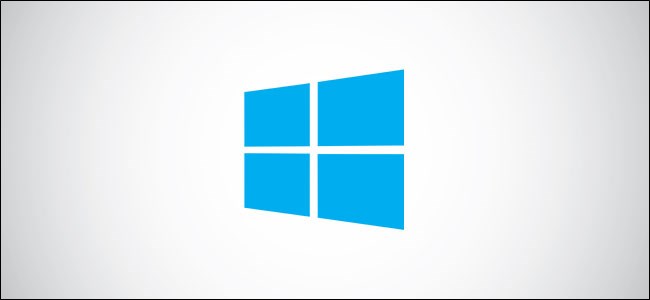

WMIC UNINSTALL PRODUCT LIKE WINDOWS
You can try a VBScript to access information via the MSI automation interface (core feature of Windows - it is unrelated to WMI). However, it is more involved than the Powershell option (several lines of code). In essence it is (much) faster and not capable of triggering MSI self-repair since it does not go through WMI (it accesses the MSI COM API directly - at blistering speed). This option may be safer than Powershell for reasons explained in detail below. Quick start of Powershell: hold Windows key, tap R, type in " powershell" and press Enter. get-wmiobject Win32_Product | Format-Table IdentifyingNumber, Name, LocalPackage -AutoSize Take not that IdentifyingNumber is the ProductCode (WMI peculiarity). The package integrity checks triggered does add some event log "noise" though. The following four approaches can give us several methods to find and retrieve (also remotely) the GUID of installed MSI packages: Use the Powershell "one-liner"Īny self-repair triggered by this option should generally be possible to cancel. For example, installer API " MsiQueryFeatureStateEx()" and " MsiQueryProductState()", etc.
WMIC UNINSTALL PRODUCT LIKE CODE
The product code is the unique GUID of identifying an application or product release In other words, different versions and languages of Product must have different product codes.Īlso, ProductCode can be used to query feature state, and product state.


 0 kommentar(er)
0 kommentar(er)
